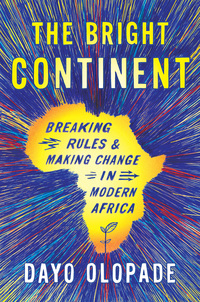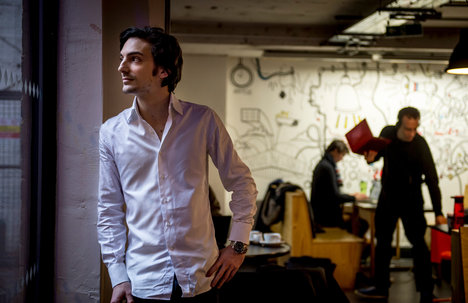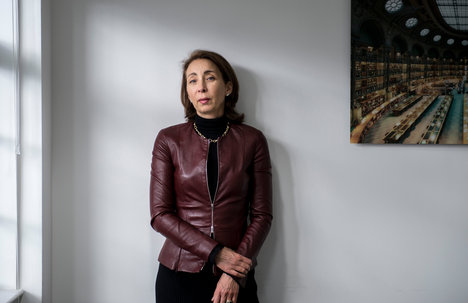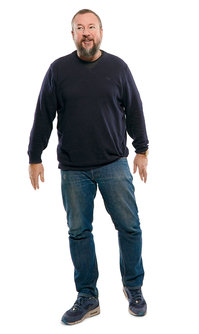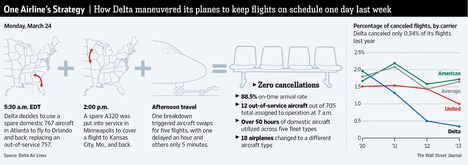Edison tried to kill film projection because he thought the whole country would only need 10 projectors, while they could sell a great many of the single-view kinetoscopes. But the wonderful twist to the story is that it DID NOT WORK because Edison could not stop the Lathams and others from coming forward and disrupting the kinetoscope.
(p. 205) The Lathams were not the only exhibitors frustrated with Edison’s kinetoscope, and the others urged Edison to introduce a projection machine. Edison was adamant: no. He reasoned that the peephole machines (p. 206) were selling well and at a good profit. The problem with projection was that it would work all too well–if he replaced the inefficient kinetoscope with projection systems that could serve up the show to everyone, “there will be a use for maybe about ten of them in the whole United States.” He concluded, “Let’s not kill the goose that lays the golden egg.”
At Edison’s lab in Orange, without his boss’s approval, W. K. L. Dickson carried out research on film projection on his own and shared his findings with a friend who was a keen listener: Otway Latham. And when Dickson accepted an invitation to try a projection experiment in a physics laboratory at Columbia, who should show up but Otway’s father, Professor Latham. The Lathams made an offer to Dickson–come join us and we’ll give you a quarter-share interest in the business–but Dickson was unwilling to make the leap. When Edison got word of his fraternizing with the Lathams, however, and failed to reassure Dickson that he believed Dickson’s dealings had been perfectly honorable, Dickson felt he had no choice but to resign. The exact chronology of what he did and what he knew at various points preceding his resignation would be the subject of much litigation that followed. But regardless of intellectual-property issues, Edison lost the one person on his staff who would have been most valuable to him in developing a projection system.
The Lathams and Dickson had discovered that sending a bright light through a moving strip of film did not project satisfactorily because any given image did not absorb enough light before it sped on. The Lathams came up with a partial solution, which was to make the film wider, providing more area for the light to catch as each image went by. The projected images were about the size of a window and good enough to unveil publicly. Professor Latham gave a demonstration of his newly christened Pantoptikon to reporters in April 1895.
Source:
Stross, Randall E. The Wizard of Menlo Park: How Thomas Alva Edison Invented the Modern World. New York: Crown Publishers, 2007.

